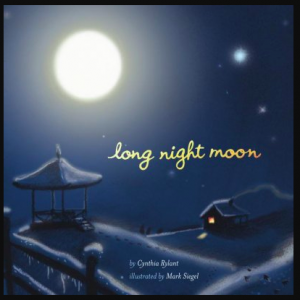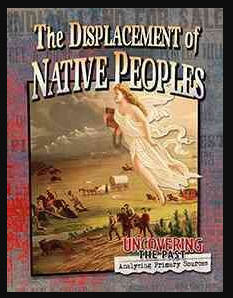Rylant, Cynthia. Long Night Moon. New York: Simon & Schuster Books for Young Readers, 2004.
Names tell stories. And in this poetic picture book, Rylant lyrically describes the name for each month’s moon. November has a Frosty Moon. February has a Snow Moon. June has a Strawberry Moon.
All these names were given to the moon long ago by Native Americans. In Canada nowadays, we would say aboriginal people or indigenous people. These names for the first people of North America tell their own stories.
What is your name? What story does it tell?
This picture book creates a wonderful opening for all sorts of discussions. And the evocative full-page charcoal, pencil and pastel illustrations by Mark Siegel will inspire all sorts of art work in readers 6 years old and up.
More stories of indigenous people of N.A. HERE.
More picture books for artists HERE.
“I never really thought about how when I look at the moon, it’s the same moon as Shakespeare and Marie Antoinette and George Washington and Cleopatra looked at.” – Susan Beth Pfeffer, Life As We Knew It.

